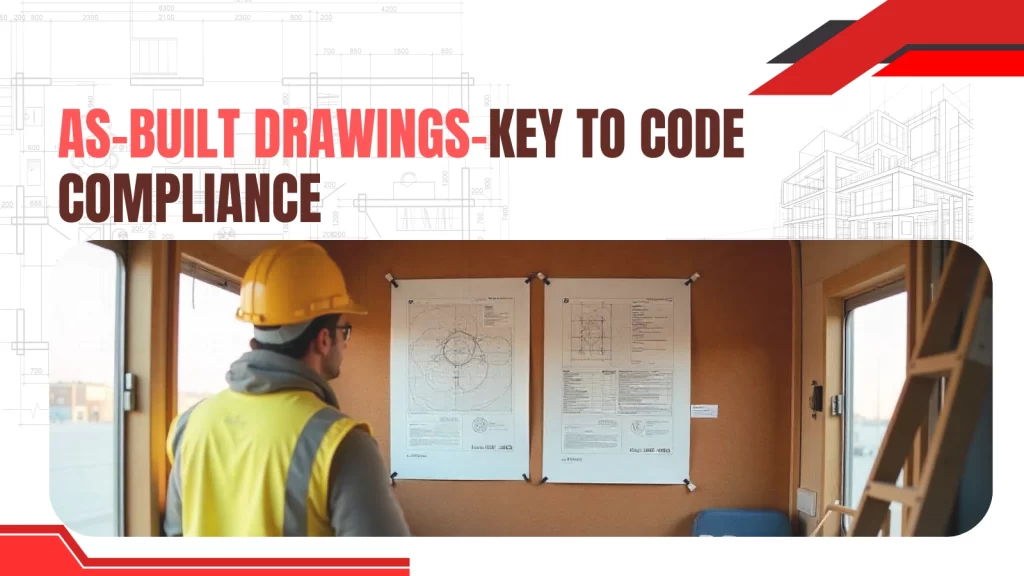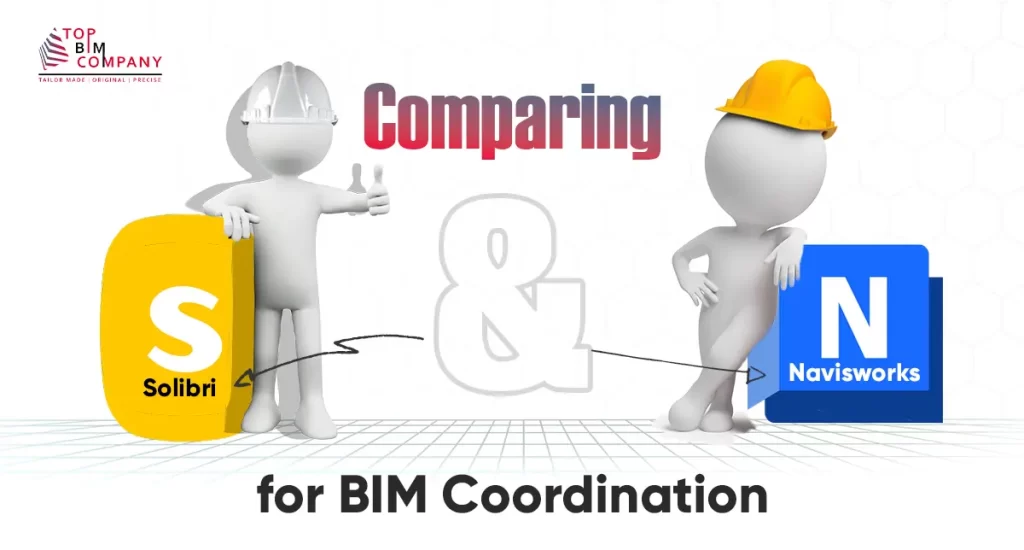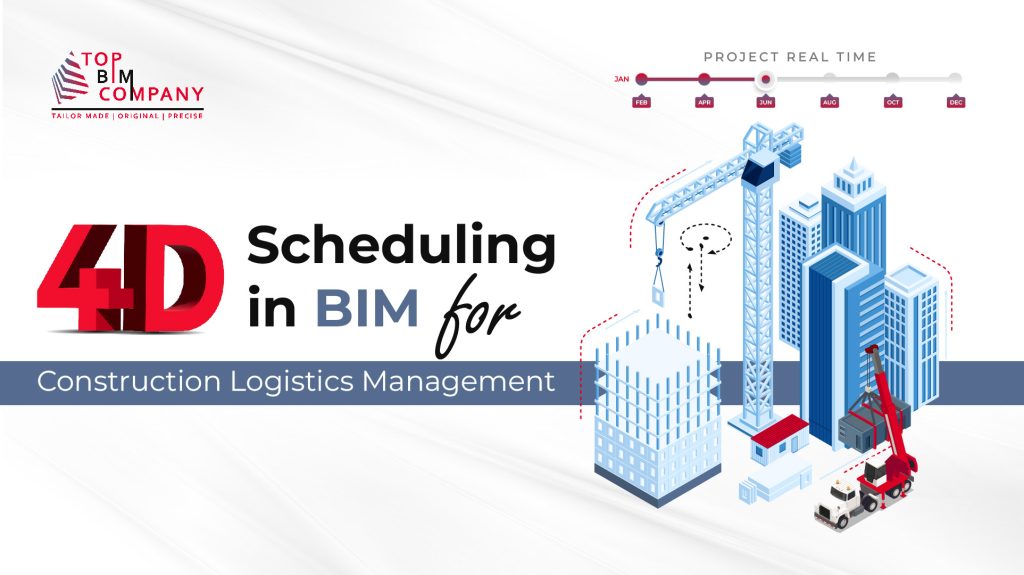
What exactly does 4D scheduling mean for BIM?
4D scheduling adds time to a project schedule and a 3D BIM model. By adding the extra dimension of time, this enables project managers to visualize the construction sequence and identify potential problems early on.
Table of Contents
ToggleIn other words, 4D scheduling in BIM is a way to bring the construction schedule to life. By linking a 3D BIM model to a project schedule, project managers can see how the different components of a project will interact over time.
4D BIM for construction is a valuable tool for improving the efficiency and success of construction projects. It helps to reduce costs, improve safety, and shorten project timelines.
How does 4D Construction Simulation work?
4D construction simulation works by integrating 3D models with project schedules, allowing stakeholders to visualize and analyze construction activities over time.
The combination of software tools like Synchro, Navisworks, and BIM 360 Docs enables an efficient and comprehensive 4D simulation process.
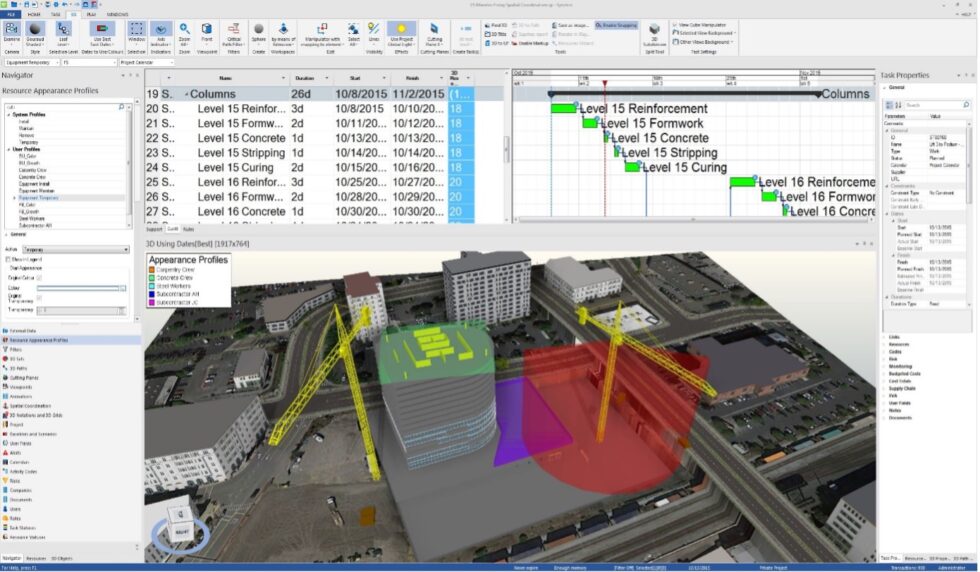
Here’s how it works:
Building the 3D Model:
The first step is to create a detailed 3D model of the construction project using BIM software like Revit or other compatible tools. The 3D model includes architectural, structural, mechanical, electrical, and plumbing elements, providing a comprehensive representation of the building.
Developing Project Schedule:
A project schedule is created using scheduling software like Microsoft Project or Primavera P6. The schedule outlines the sequence of construction activities, their durations, and dependencies, forming the temporal aspect of the 4D simulation.
Integrating 4D Simulation Software:
Software tools like Synchro and Navisworks are integrated into the workflow to enable 4D construction simulation. These tools can link the 3D model with the project schedule, creating a dynamic relationship between the spatial and temporal data.
Synchronizing 3D Model and Schedule:
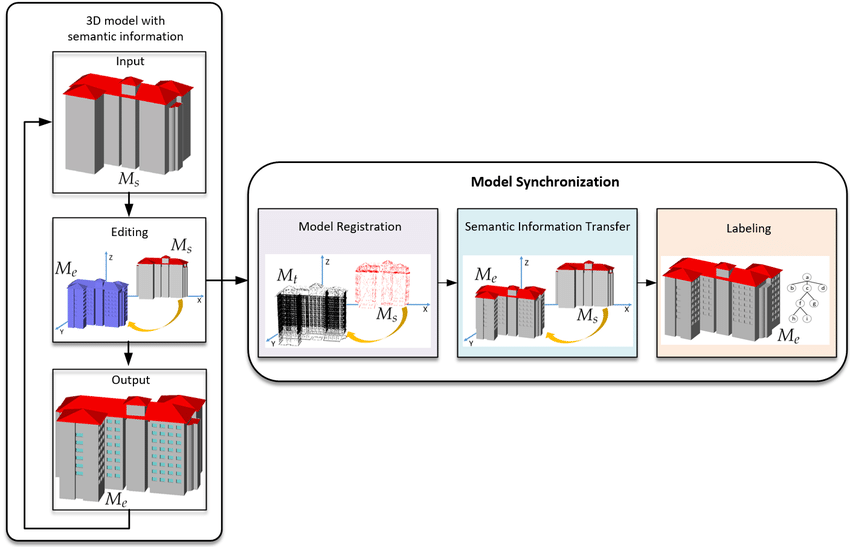
In the 4D simulation software, the project team synchronizes the 3D model with the project schedule by associating each activity with the corresponding elements in the 3D model. This ensures that construction activities are accurately positioned in 3D space, representing their real-world timing and locations.
Defining Constraints and Resources:
Within the 4D simulation software, resources are assigned to each construction activity, including labor, equipment, and materials. Constraints, such as working hours or material availability, are also considered to simulate real-world conditions and potential limitations.
Generating the 4D Simulation:
With the 3D model, project schedule, assigned resources, and constraints in place, the 4D simulation software generates a visual representation of the construction process over time. The simulation showcases the construction activities as they unfold, providing stakeholders with an immersive and dynamic view of the project’s progression.
Analyzing and Optimizing the Schedule:
4D simulation allows project teams to analyze construction schedules for potential clashes, inefficiencies, or resource conflicts. This helps in optimizing the schedule, making necessary adjustments to improve project efficiency and mitigate risks.
Collaboration with BIM 360 Docs:
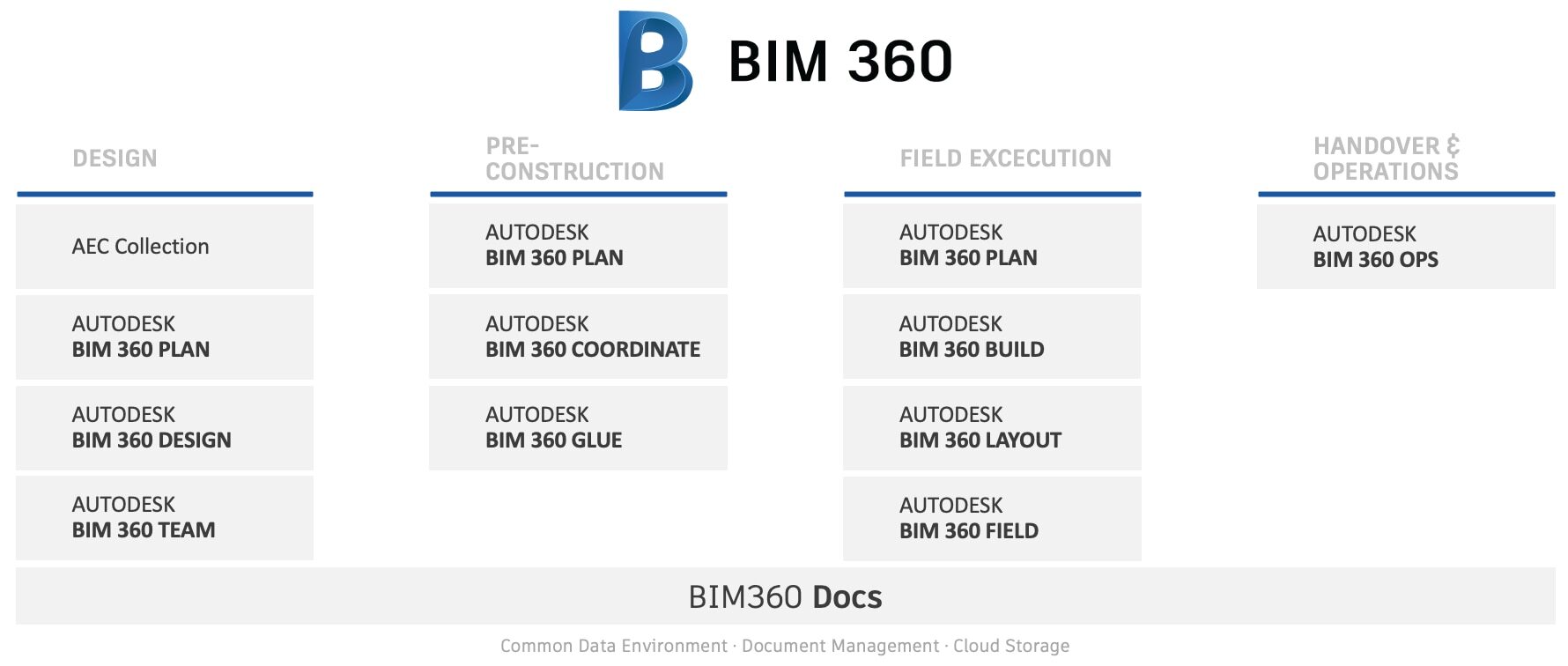
BIM 360 Docs comes into play by facilitating collaboration amongst stakeholders. It provides a cloud-based platform to share the 3D model, project schedule, and 4D simulation data, ensuring communication and data access for all involved parties.
Monitoring and Tracking Progress:
Throughout the construction phase, the project’s actual progress is monitored and compared with the 4D simulation to assess performance. Real-time feedback from the site is used to make informed decisions and keep the project on track.
Benefits with 4D Scheduling in BIM for Construction Logistics Management:
4D scheduling in Building Information Modeling integrates the element of time into the construction process. It allows construction professionals to visualize and manage construction logistics efficiently, leading to improved project coordination, resource allocation, and overall project success.
Here’s how 4D scheduling in BIM benefits construction logistics management:
- Sequencing and Phasing Visualization: With BIM 4D construction logistics management, managers can visualize the sequencing and phasing of construction activities over time. This enables them to identify potential clashes or bottlenecks in the construction process. By having a clear understanding of the project’s timeline, they can optimize the flow of materials, equipment, and personnel to ensure smooth and efficient operations on-site.
- Site Layout Planning: Construction logistics management involves planning the layout of the construction site to maximize productivity and safety. 4D BIM scheduling allows logistics managers to simulate different site layouts and logistics scenarios, helping them make informed decisions about the best arrangement for material storage, temporary facilities, and access routes. This results in a well-organized construction site that facilitates the movement of resources and minimizes disruptions.
- Resource Management: Effective construction logistics management relies on proper resource allocation. 4D BIM scheduling provides a comprehensive view of the project timeline and the associated resource requirements. Logistics managers can accurately plan the delivery of materials, deployment of labor, and usage of machinery at specific stages of the project, avoiding unnecessary delays and optimizing resource utilization.
- Time-Critical Material Delivery: Certain construction activities depend on the timely delivery of materials. 4D BIM scheduling allows logistics managers to identify critical points in the construction schedule where specific materials are needed. By synchronizing material deliveries with these points, they can prevent delays and keep the project on track.
- Clash Detection and Resolution: Construction logistics involves the coordination of multiple activities, trades, and contractors. 4D BIM helps in identifying clashes different elements, such as cranes, scaffolding, equipment, and sequences. Early clash detection allows for timely resolution, reducing potential disruptions and safety hazards on-site.
- Real-Time Progress Tracking: By linking the actual progress on-site with the 4D BIM model, logistics managers can monitor real-time progress and compare it against the planned schedule. This helps in identifying any deviations early on, allowing for timely corrective actions to keep the project on schedule.
Recent automation trend for 4D scheduling
The recent automation trend for 4D scheduling with Artificial Intelligence (AI) has revolutionized the construction industry by streamlining project management and enhancing productivity.
AI algorithms have paved the way for greater accuracy, efficiency, and optimization in scheduling tasks within a construction project.
With the ability to analyze vast amounts of data, predict potential bottlenecks, and dynamically adjust schedules, AI-powered platforms can ensure a seamless flow of resources and manpower throughout the entire project lifecycle.
Moreover, these intelligent systems can consider external factors such as weather conditions or unforeseen delays and adjust schedules, enabling project managers to make informed decisions proactively.
The integration of AI in 4D scheduling reduces human error as well as eliminates time-consuming manual processes, leading to significant cost savings and timely completion of projects.
As this automation trend gains traction in the industry, construction companies are set to achieve higher levels of efficiency, improved resource allocation, and ultimately greater profitability.
As technology continues to evolve, we can expect to see even more innovative ways to automate this process in the future.
Want to know more about 4D Construction Logistics Management? Contact TopBIM consultants to discuss your project.
You may also like to read:
- BIM in Asset Management: Adoption, Benefits & Differences
Best GIS Mapping Softwares for Construction Industry
Autodesk BIM Batch Suite 2024 | New Features & Benefits - BIM Management- Building Construction Process For General Contractors
- 4 Stages of BIM Process in Building Construction
- Benefits and Role of BIM Design in Construction
- BIM Integrated As-Built Drawings for Building Construction Management
- 5 Ways of Improving the Value of BIM Objects

Schedule an appointment with the BIM Consultants of TopBIM Company
To know more about how we can help you improving your project cost efficacy.
Our Services
Latest Post
Get A Free Quote
BIM Construction is the Future
Building information modeling (BIM) is the future of building design and construction. Get in touch with our BIM Experts.


